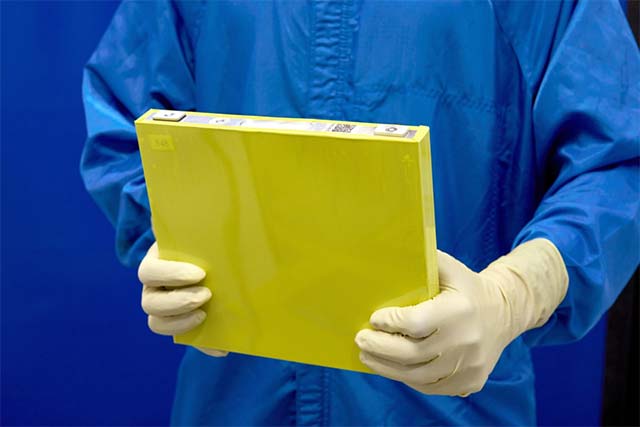Nominal Lanthanum Niobate, a Versatile Additive for Reducing Grain Boundary Resistance in Conductive Ceramics
Advanced Energy Materials, Volume 15, Issue 18, May 13, 2025.

The grain boundaries of well-known conducting ceramics, like Na+-ion conducting Na3.4Zr2Si2.4P0.6O12, Li+-ion conducting Li1.5Al0.5Ti1.5P3O12 and Li0.34La0.56TiO3, O2--ion conducting Y0.148Zr0.852O2-δ and electronic conducting SrTiO3, are reinforced by adding 0.5-3 mol% LaNbO4 without changing the density of the ceramic, resulting in much lower grain-boundary resistance and much higher total conductivity.
Abstract
Conductive ceramics currently play a vital role in human life. In practical applications, most conductive ceramics are polycrystalline, and their overall conductivity (σ total) is influenced by both bulk and grain boundary resistances (R bulk and R gb, respectively). While R bulk is mainly of academic interest, R gb often determines the quality of a conductive ceramic component. Currently, studies discussing the influence of specific methods on grain boundary resistances are typically related to individual ceramics. In this study, it is discovered that the addition of 0.5–3 mol% nominal LaNbO4 significantly reduces the R gb of several well-known conductive ceramics, such as rhombohedral NaSICON-type Na+-ion-conducting Na3.4Zr2Si2.4P0.6O12 and Li+-ion conducting Li1.5Al0.5Ti1.5P3O12, Li+-ion-conducting tetragonal perovskite Li0.34La0.56TiO3, oxygen-ion-conducting cubic fluorite 8 mol% Y2O3 stabilized ZrO2, and electron-conducting perovskite SrTiO3 (sintered in a reducing atmosphere). In particular, for NZSP and LATP, the enhanced σ total reaches 9.3 × 10−3 S cm−1 and 2.1 × 10−3 S cm−1 at 25 °C, surpassing previously published results. Detailed investigations reveal that the microstructure of the grain boundaries in all the ceramics undergoes significant improvements. The findings elevate the importance of research on grain boundaries, inspiring the development of conductive ceramics with higher σtotal for superior applications.


















































































































































